Guyanese culture is a magnificent, unique blend of cultures, similar to that of the Caribbean. The Amerindians, Europeans, African, Portuguese, East Indians and Chinese have all made a significant impact on our Guyanese folklore. However, it is believed that the Amerindians, Guyana’s very first settlers, that dominate Guyanese literature and folklore. The Amerindians arrived in Guyana, bringing along their way of life, culture, foods which have been incorporated into Guyana’s society and distinct culture. Amerindians, myths and legends are very popular; you may recognize the kanaima, and old Kai but there are numerously untold, and obscure stories. Read on to find out about the unpopular myths and legends of our indigenous people such as Makonaima, who is believed to be the creator of the Amerindian tribes, Tamosi, Amalivaca and Pia.
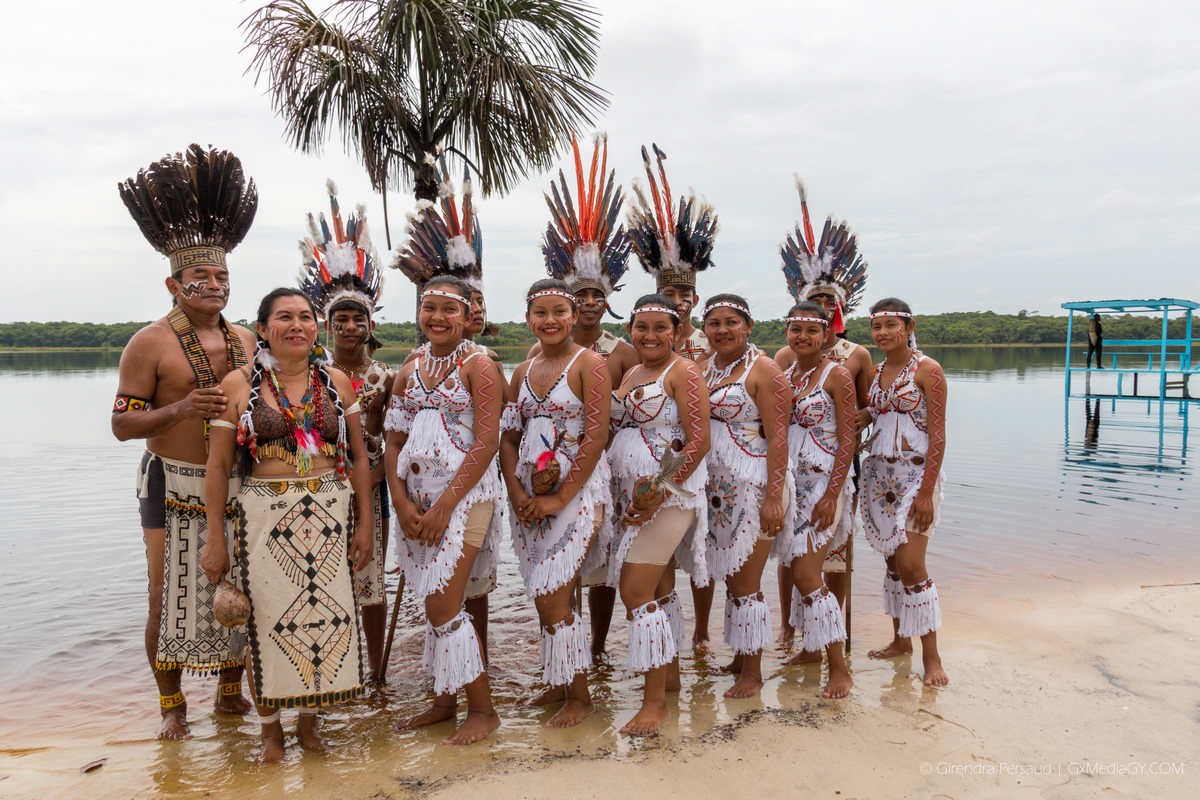
The Amerindians
Who are the Amerindians?
The Amerindians are the very first group of people to venture to Guyana. As such, they are called the Indigenous people, meaning natives since they were here before the other ethnic groups arrived in Guyana. The Amerindians originated from Asia but left sometime around the fourth (4th) Ice Age. It is believed they followed the herds of buffalo, caribou and seals who changed feeding grounds. They crossed the legendary bridge made of ice called the Bering Strait, which has since melted to the body of water we know it as today. They passed through America, where some tribe chose to stay and remain as the native Americans or American Indians. Others journeyed further south, to Mexico and South America and planted their roots in countries like Guyana, while some chose to sail east, to the Caribbean islands.
See here for more information about our Indigenous People: https://www.thingsguyana.com/guyanas-first-settlers-the-amerindians/
There are nine (9) tribes of Indigenous people in Guyana; the Caribs (Kalingo), Arawaks (Lokono), Wapishana, and Warraus with the remaining tribes-Akawaios, Arecunas, Macusis, Patamona, Wai-Wai-being subtribes of the Caribs. The tribes share many similarities like their folklore, which is given the general name of Amerindian Folklore, which, however, does not originate from one particular tribe. They share many different mythologies. Simply put, a myth is a traditional story which typically is about the earliest history of a specific people. In most cases, it involves supernatural figures and events, which explains natural and social occurrences in the world.
Amerindian Mythology
Tamosi
Tamosi, is believed to be the god who created the Carib tribe. Tamosi, pronounced tah-moh-see means”the Ancient One” however, he is also called Tamosi Kabutana or Tamosi Kabo-Tano meaning “Ancient One of the Sky“. He is also known as Sky-Chief, Old-Man-Sky, and Grandfather Sky. In the Arawak culture, Tamosi is known as Makunaima. There is no known description of Tamosi as he is not believed to be personified or having a physical body. It is believed Tamosi brough to life, a great tree, the likes of which has never been seen since. This may be the Tree of Life, important in many Amerindian cultures. Legend has it that Tamosi has never been seen by mortals.
Interesting Tip
- There is a Jamaican company called Tamosi which produces alcohol.
The First People
This story is reproduced from: http://www.oocities.org/thetropics/shores/9253/legends3.html
In the beginning the Carib people lived in the bright land of the moon. And as they looked down upon the dark earth, they determined to descend and clean it amd make it like unto their moon country. Coming down on the clouds, they toiled mightily, but when they thought to return, behold, the clouds which had borne them, had disappeared from their sight. Vainly they called upon Tamosi Kabo-tano, the Ancient One on high, for there was no answer to their prayers.
As they wandered they became faint with hunger, and taking clay they made it into cakes, and baked them upon a fire of coals; but when this was done they found that clay cakes were not good for food. However, the Ancient one had not forsaken them, for they saw the birds eating of the fruits of the trees, and on eating these, they found them pleasant to the taste and good for food.And after many days their souls loathed these wild fruits, and they said one to another, “Would that we had not left our homes in the land of the moon.” The Ancient One heard their complaint, and created a great tree, such as had not been seen before, nor had come after it unto this day. Each branch bore a different fruit, while on the ground beneath the shadow thereof, grew plantains, bananas, maize, cassava, yam, potato, and all fruits of the earth which men now cultivate.
And it came to pass that Maipuri the tapir passed that way, and seeing the strange fruits, he tasted and beheld that they were very good. And the tapir, who had hitherto been a lean beast, became sleek and fat. Men saw the change, but Maipuri would not tell whence it came. So they sent the woodpecker to spy out his ways, but the foolish woodpecker, as was his wont, still tapped each old tree. And the tapir hearing this, departed another way.
Then men sent the rat who tracked the tapir’s steps to the place, and partook of the fruits. Returning, he denied that he knew anything of the tapir’s secret, but not many days afterwards he returned from his wanderings with food sticking to his lips, and men knew that he had lied to them. Forthwith they made him show his feeding place. Coming to the place they said, “praise be Tamosi Kabo-tana, who gives us such precious food.” Then a voice was heard saying “Cut it down.” In wonderment they took their stone axes to hew down the tree.
Ten months they labored, and at the end of the tenth month the great tree crashed to the ground. Then each man took cuttings from the branches, trunk and roots. Setting these in their fields, they sprang up and bore fruit, and so every man had food close to his own dwelling.
Amalivaca
Whereas Tamosi created the Cariban tribes, the demigod Amalivaca shaped the worlds for them and taught them how to live. Amalivcaca is also known as Sigoo or Sigu. He and his twin brother, Vochi, who help him in his work, are believed to be the sons of Tamosi.
The Story of Amalivaca
The story is reproduced from http://www.oocities.org/thetropics/shores/9253/legends3.html
And while the waters were returning from off the earth, Amalivaca came from a distant land in his large canoe. And from time to time he stopped to carve figures and mystical signs upon the rocks, which are still to be seen, though no man can interpret them.
Now when dry land was to be seen, it was found to be very rough, so Amalivaca made the sides of many hills smooth, and also the land st the foot thereof. And Amalivaca said, “men must have communication one with another, let each man make a clearing by the bank of the rivers, and the rivers shall bear you one to another.” And Amalivaca taught them to make canoes. But certain men said to Amalivaca, “It is too hard a thing to paddle against the current, make the current to flow upwards on one side of the river.”Now Amalivaca toiled mightly, but for all of his skill he could not do this thing. Then Amalivaca thought about the sea, and he caused the tide to flow up the river many miles, as it does to this day. But the rivers said, “Should the tide go higher, all will be covered.” So Amalivaca ceased from his labours, and departed from the land of the Caribs.
Makunaima and Pia
Makunaima and Pia are the twin sons of the Sun. They are heroes who spend their time getting rid of monsters. The word Pia means medicine man, which is suitable since Pia is hailed as the father of medicine. His name may be alternatively by spelt as Piai or Piai’ima.
Kanaima
The Kanaima is believed to be an evil spirit which gives people the ability to transform into a human or lizard hybrid. Some of the Caribs invite the Kanaima to possess them by using drugs or perform certain rituals.
Read our article on the Kanaima here: https://www.thingsguyana.com/kanaima-learn-why-you-should-be-afraid/
Literature based on Guyanese Amerindian Folklore
Most of Amerindian myths and legends are passed on verbally however there is some documentation of these rich folklores. These include many written works such as:
- Guiana Legends (circa 1868) – Rev WH Brett
- Legends and Myths of the Aboriginal Indians of British Guiana (1880) – Rev WH Brett (A retelling of his previous compilation)
- Amerindian Legends of Guyana (1995) – Odeen Ishmael
- Guyana Legends: Folktales of the Indigenous Amerindians (Kuwait, 2011) – Odeen Ishmael
- Amerindian Folk Tales from the Carib-bean – Dorothy Bland St Aubyn
- Folktales and Legends of Some Guyana Amerindians – Walter Edwards and HR Hubbard
Listed below are some Amerindian stories compiled by Walter E. Roth from his book An Inquiry into the Animism and Folk-Lore of the Guiana Indians:
- Hariwali and the Wonderful Tree
- The Story of Haburi
- The Adventures of Kororomanna
- The Sun, The Frog and the Firesticks
Amerindian Folklore in Guyana
The Amerindians in Guyana continue to practice their culture, through dance, food and folklore. There is an annual observation during the month of September, which is also known as Amerindian Heritage Month in honour of our first people. It is usually this time when the culture of the Indigenous people is brought into the spotlight. A significant part of their culture involves myths and legends, passed on to younger generations. While the most popular of which are the Kanaima and Old Kai there are lesser-known but important Amerindian or Indigenous myths about Tamosi, Makunaima, Pia and Amalivaca. There may be variation in these stories, depending on which tribe of Amerindian tells the stories. As time passed, most of these stories were altered in some way, however, the key details remained unchanged in most myths.
Article References
- http://www.native-languages.org/carib-legends.htm
- https://guyanachronicle.com/2010/09/17/the-origins-of-guyanas-amerindians/
- https://www.thingsguyana.com/guyanas-first-settlers-the-amerindians/
- https://www.stabroeknews.com/2011/10/02/sunday/arts-on-sunday/amerindian-oral-literature-is-a-lively-part-of-the-guyanese-literary-heritage/
- https://tamosirum.com/portfolio/project-1/
- http://www.native-languages.org/morelegends/tamosi.htm

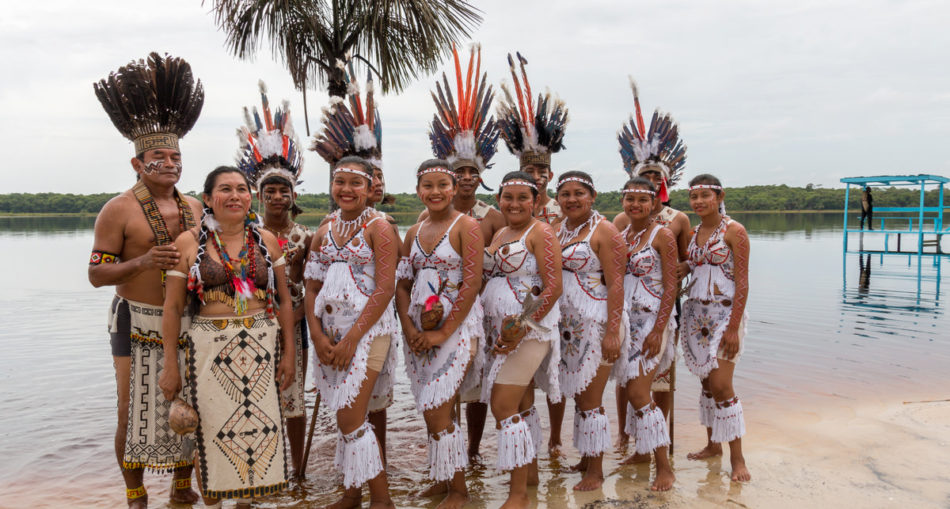
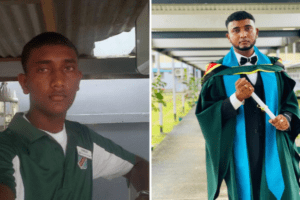
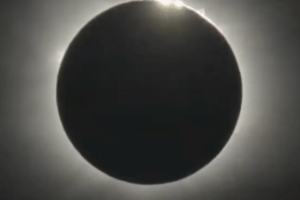
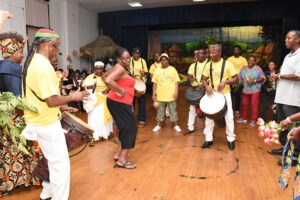
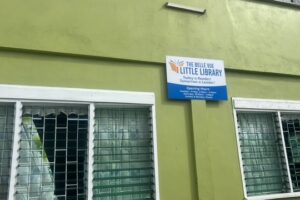
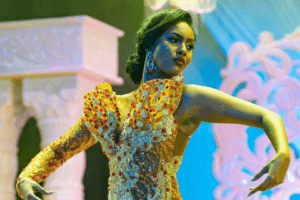
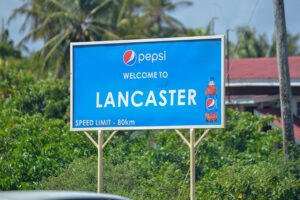
1 Comment
Pingback: Building Better: Exploring Sustainable Housing Solutions for Guyana - Things Guyana